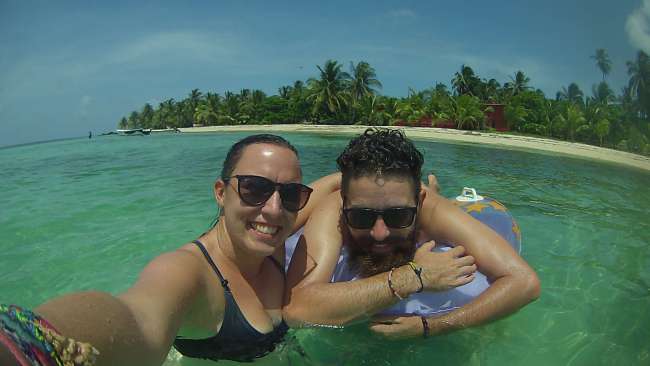
alpakaliebe
vakantio.de/alpakaliebe-tiniundtoemmiinsuedamerika
Streetart & Stray Dogs - Santiago de Chile & Valparaíso
Çap edildi: 07.01.2017
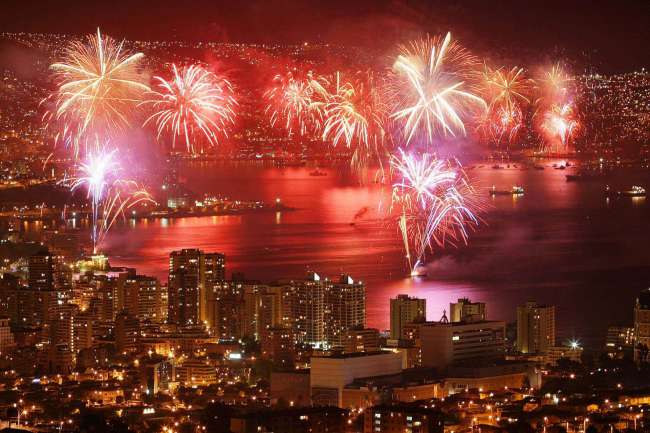
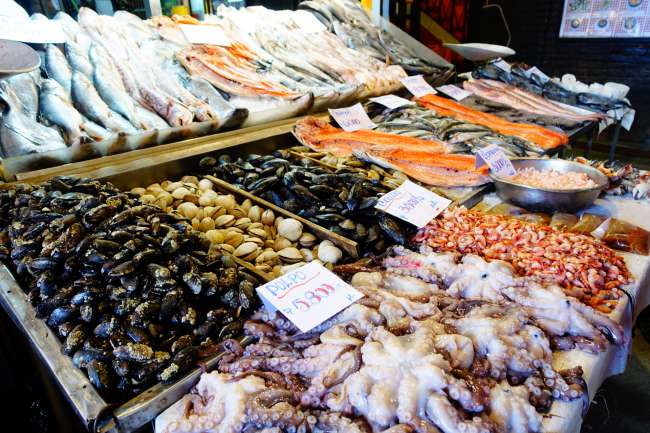
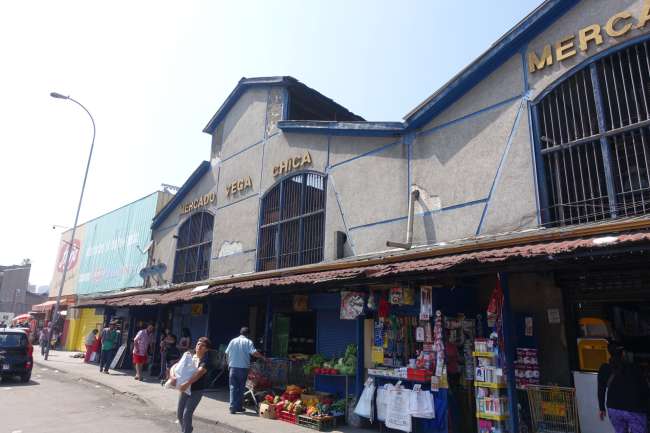
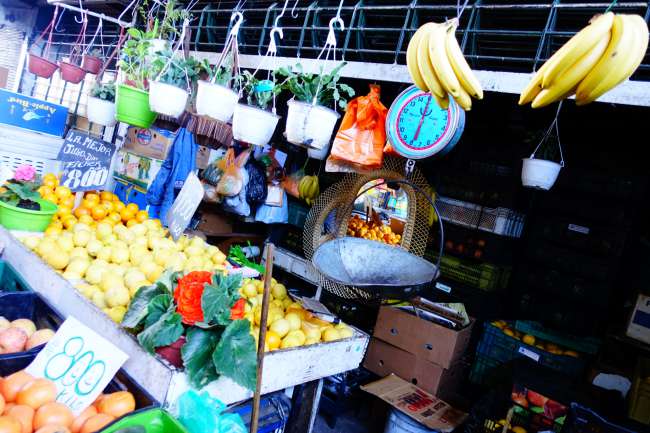
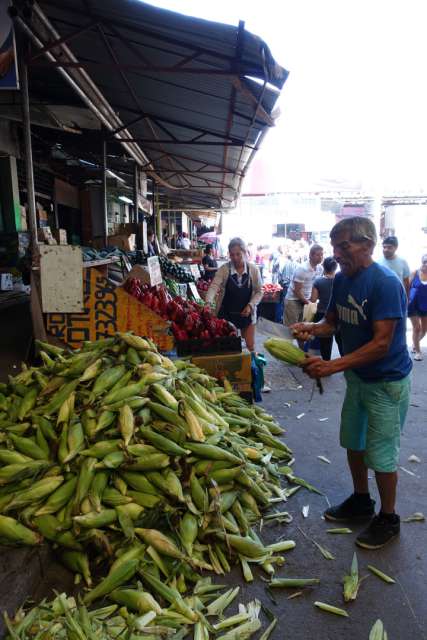
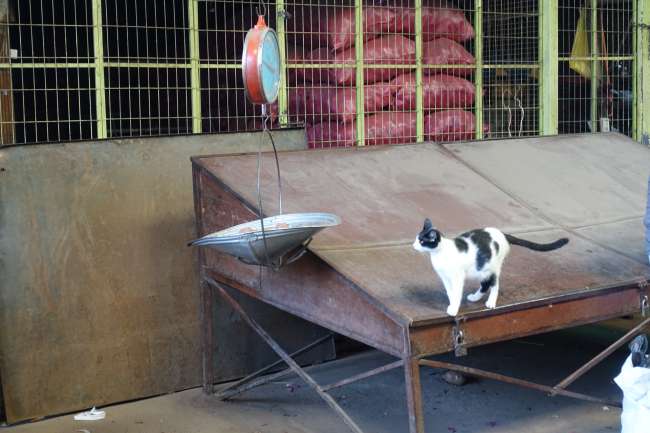
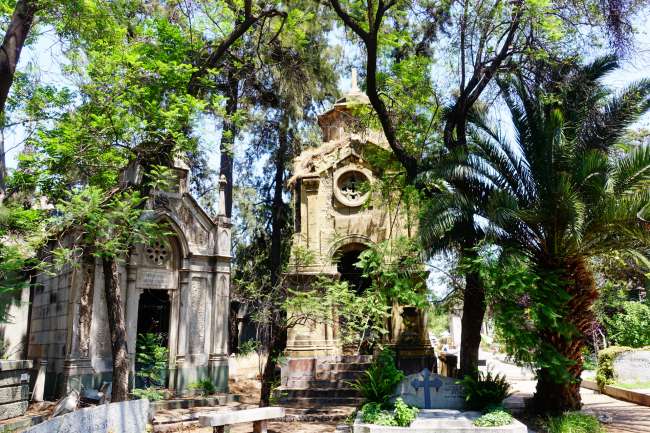
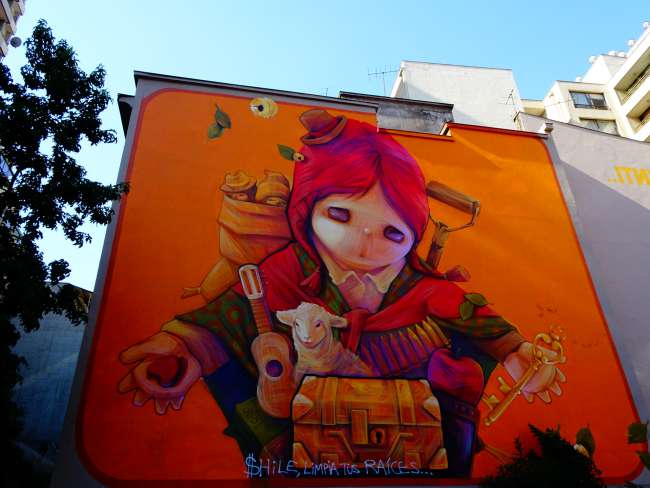
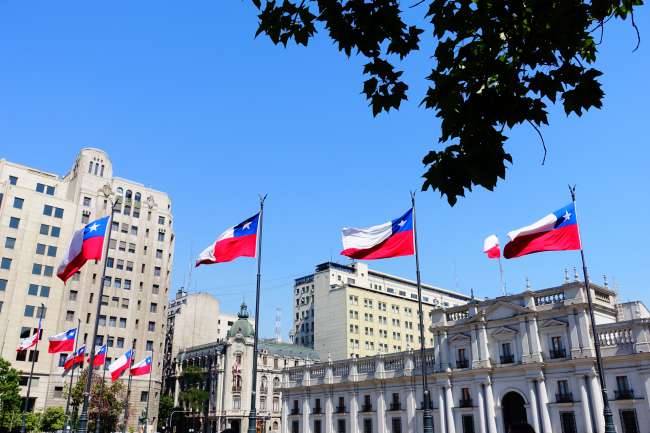
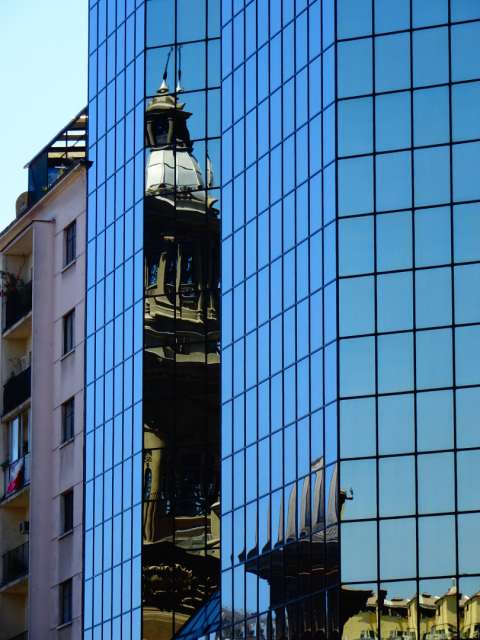
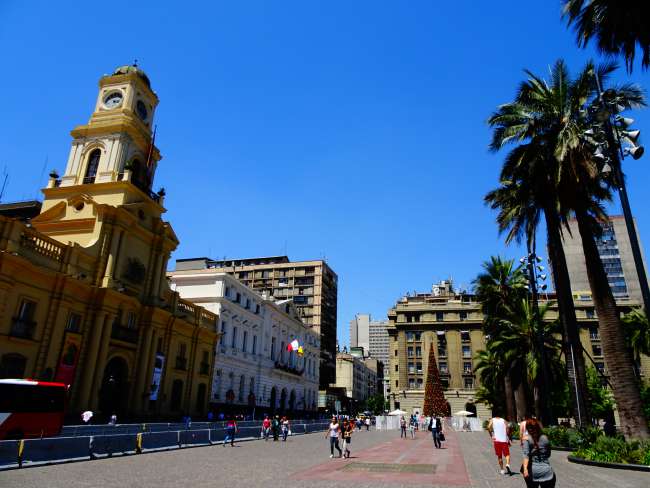
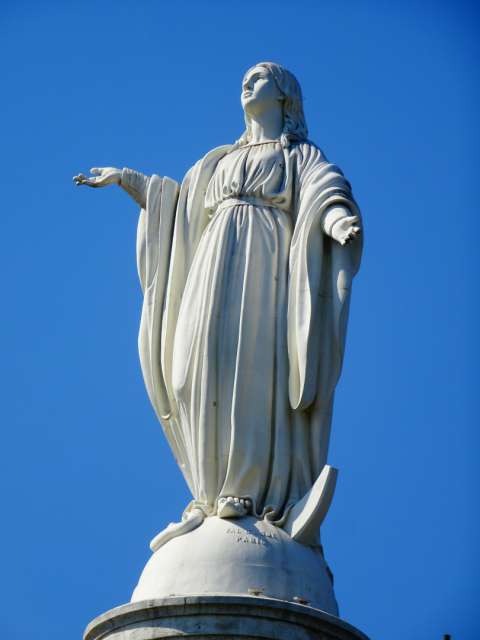
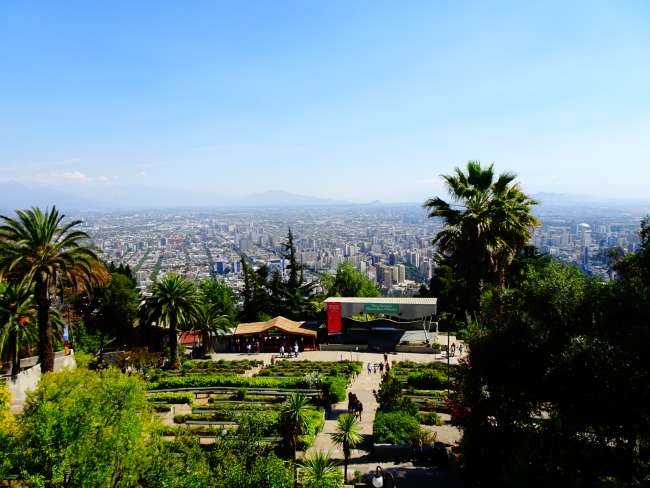
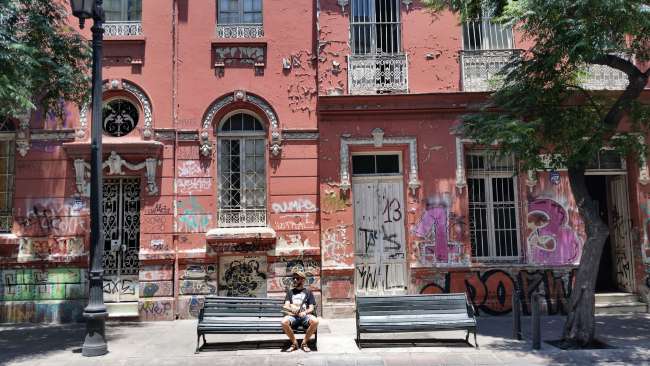
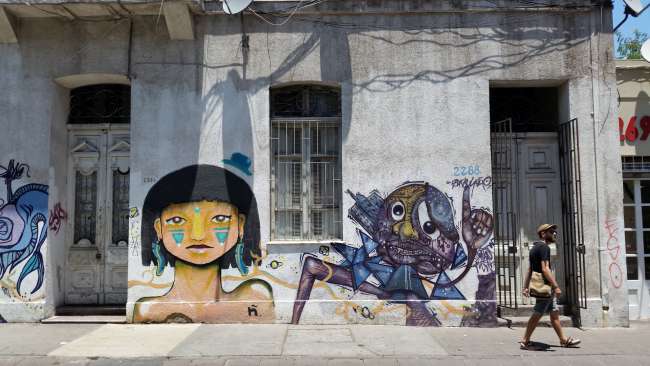
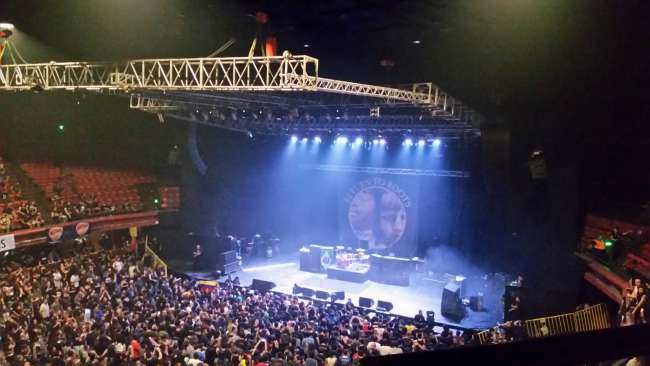
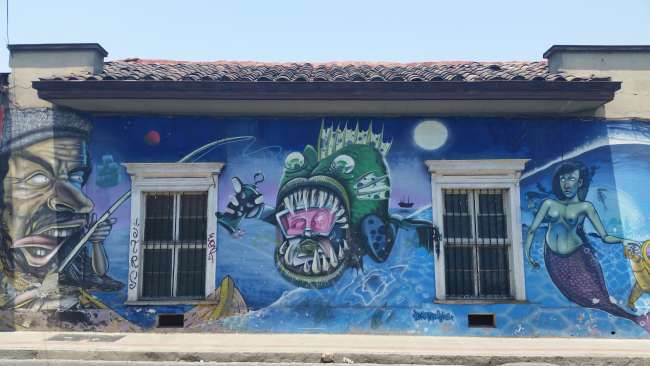
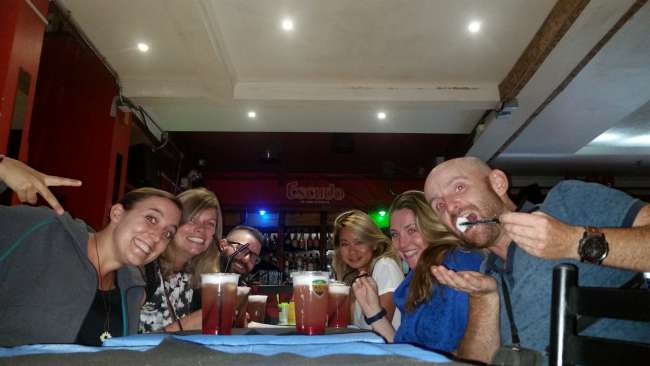
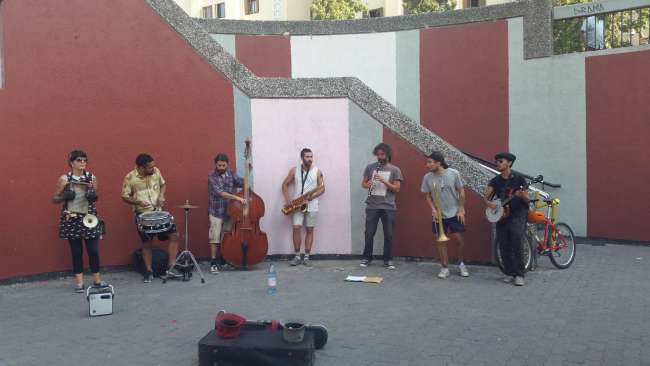
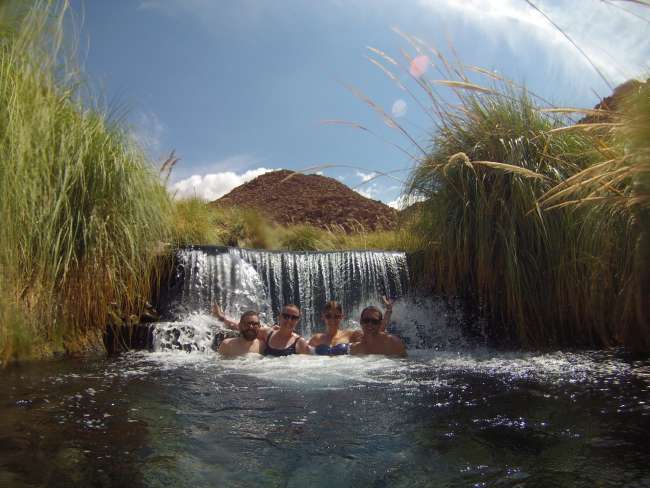
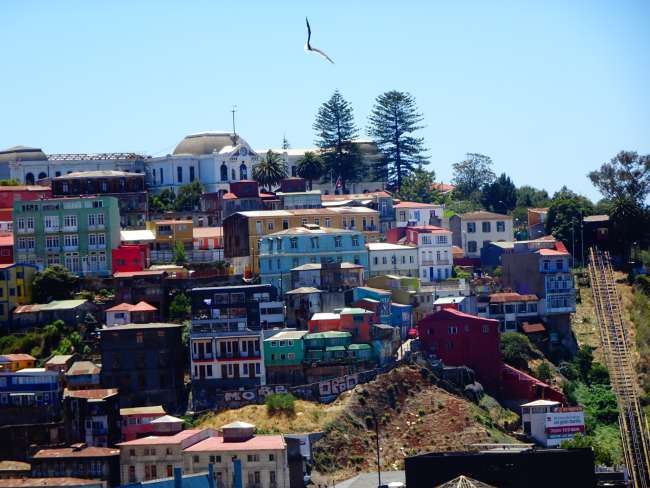
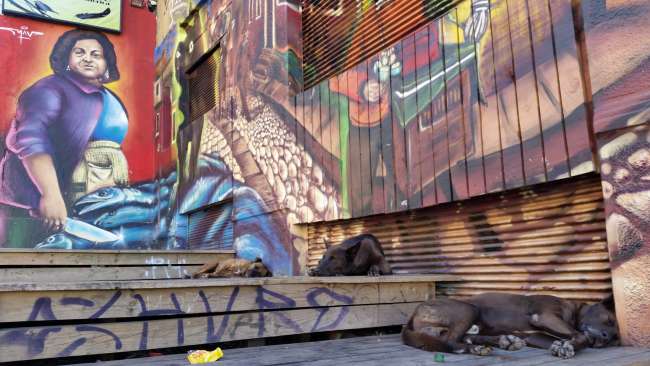
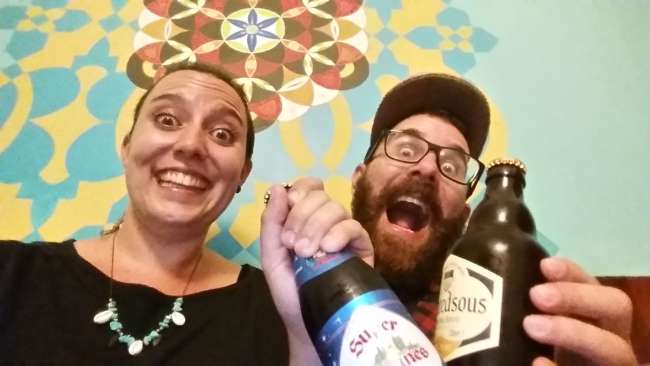
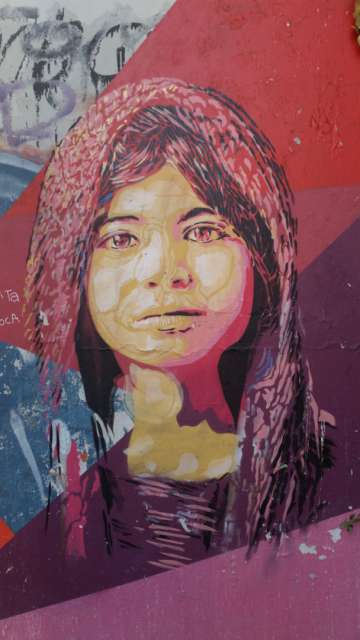
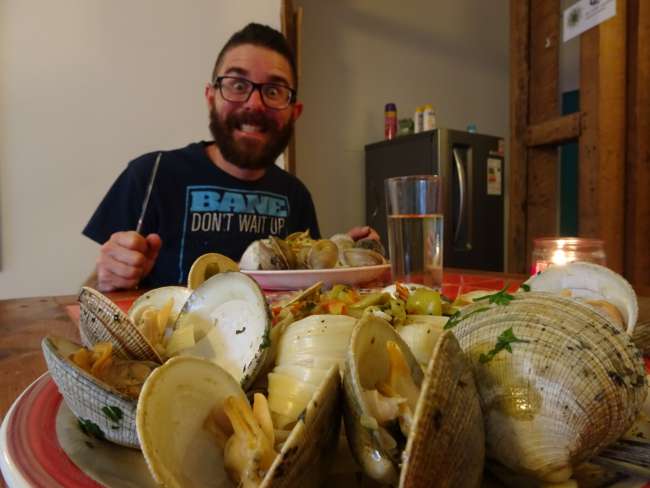
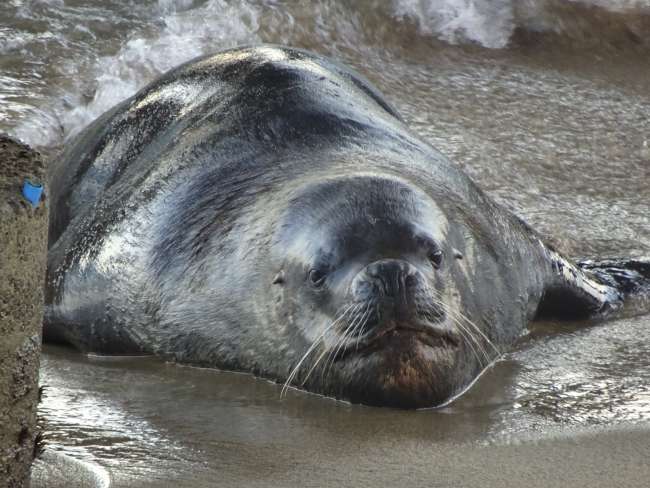
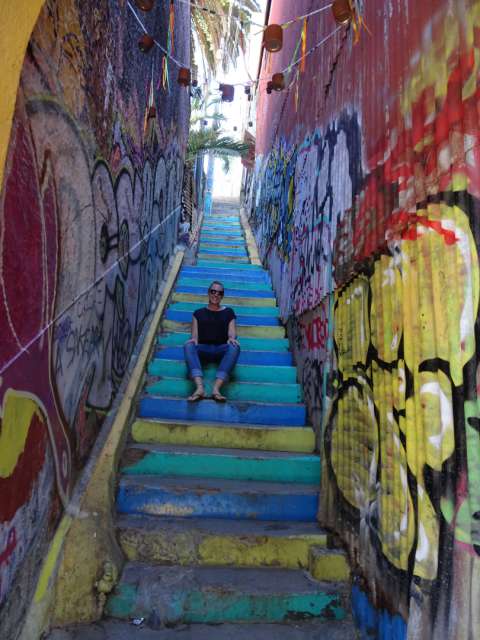
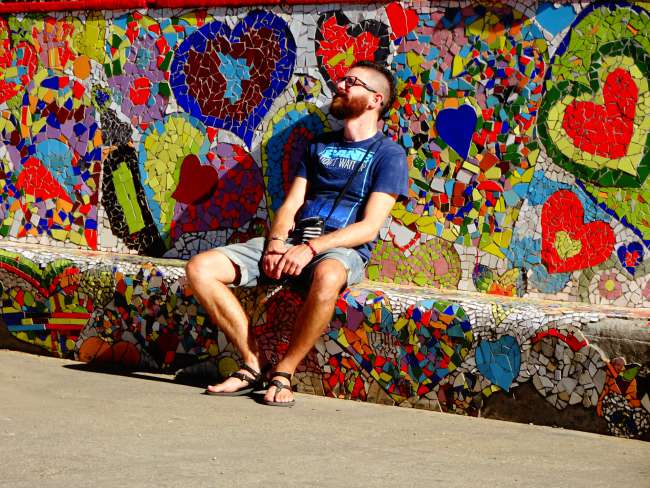
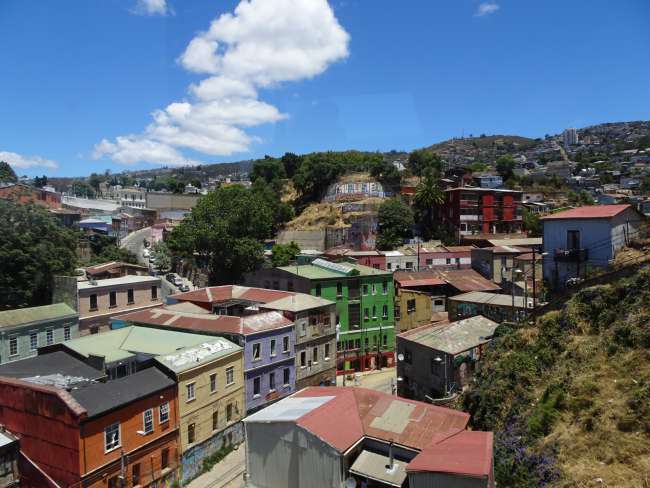
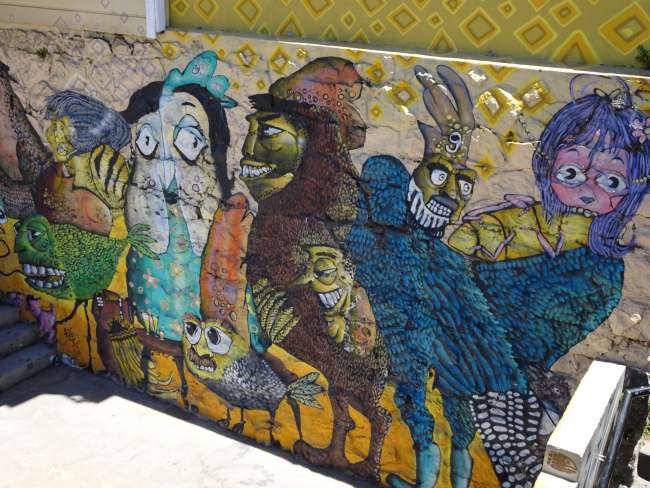
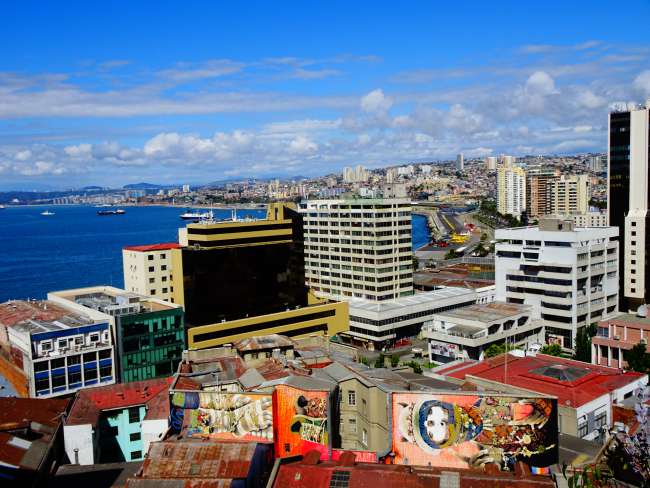
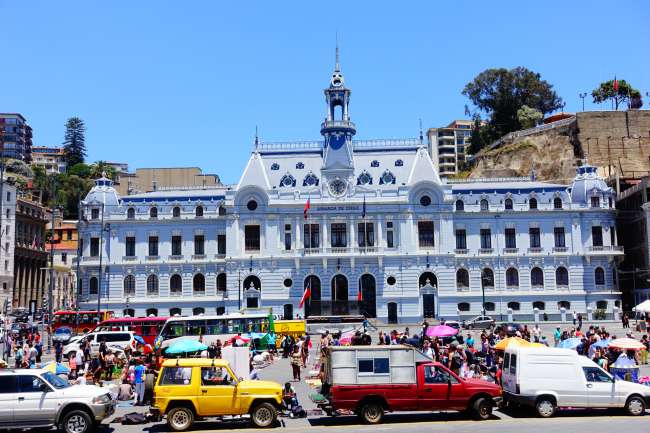
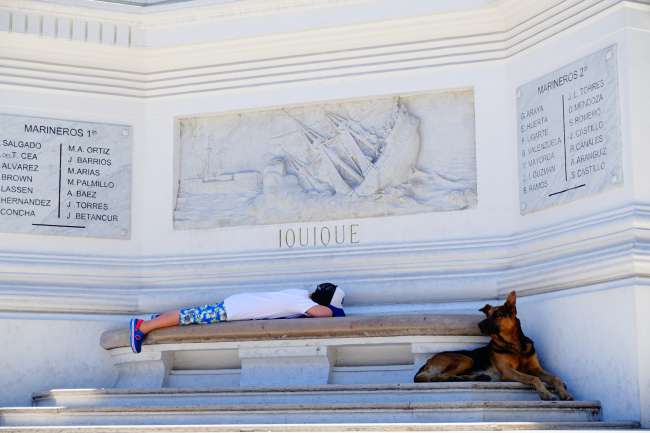
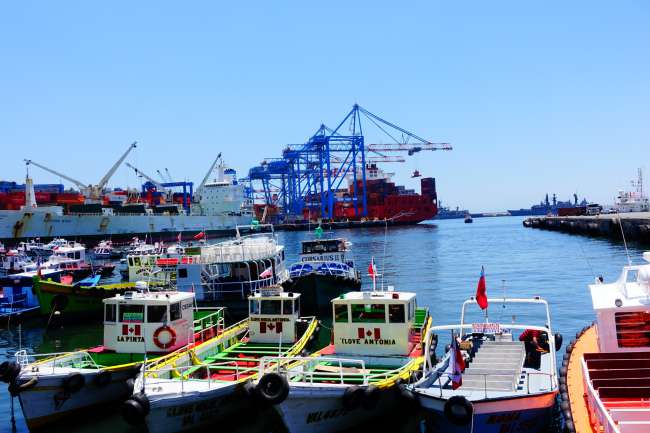
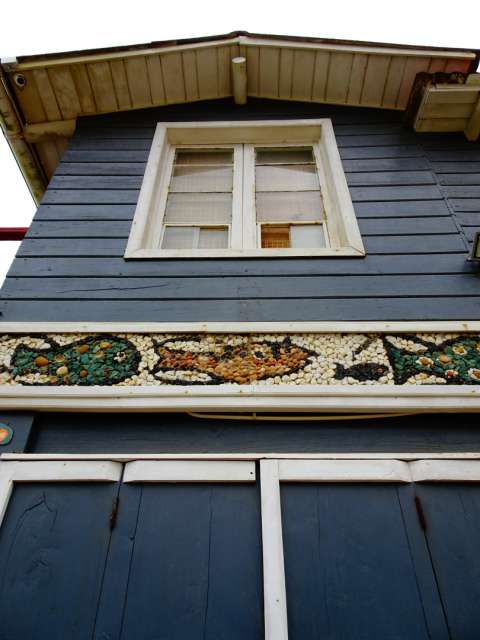
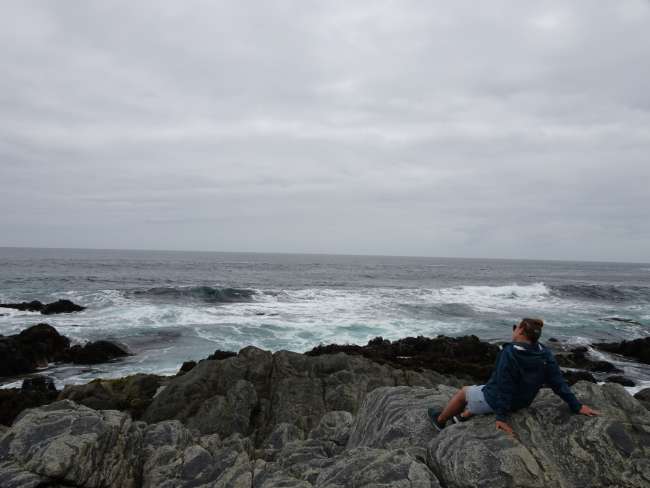
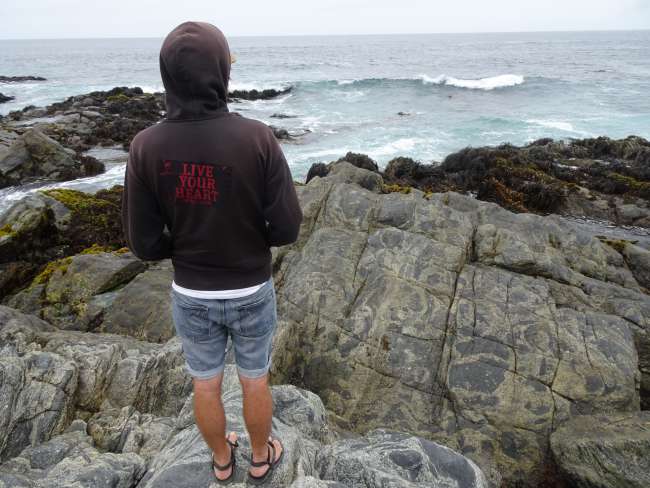
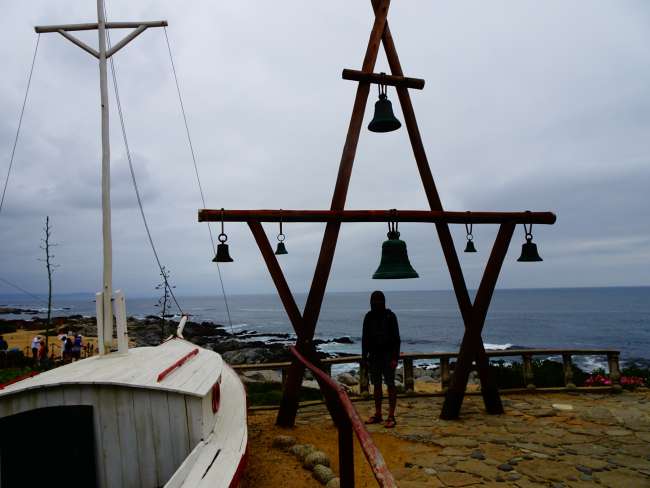
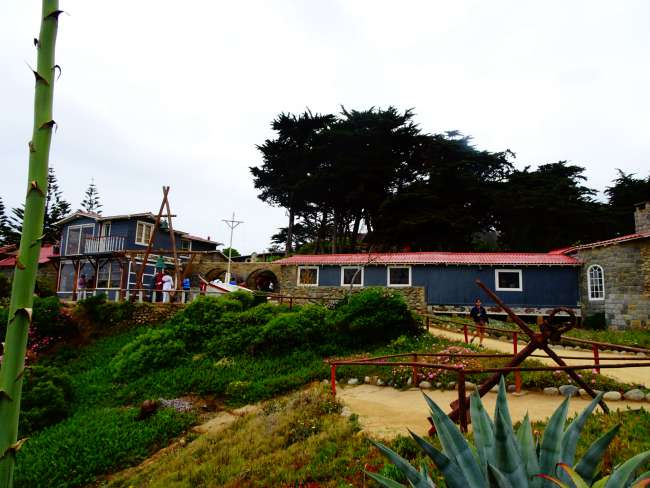
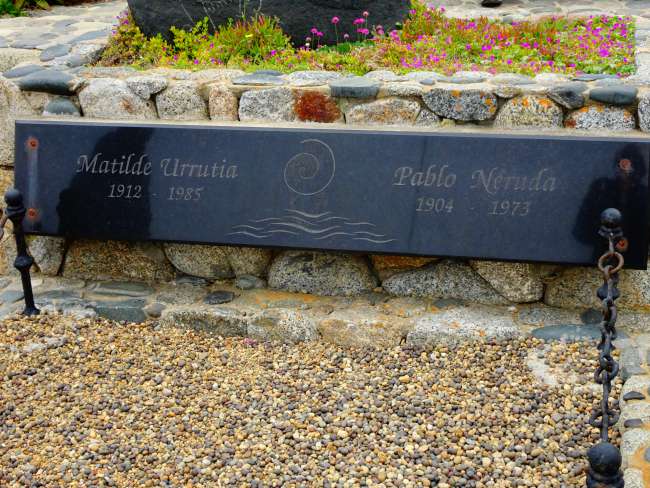
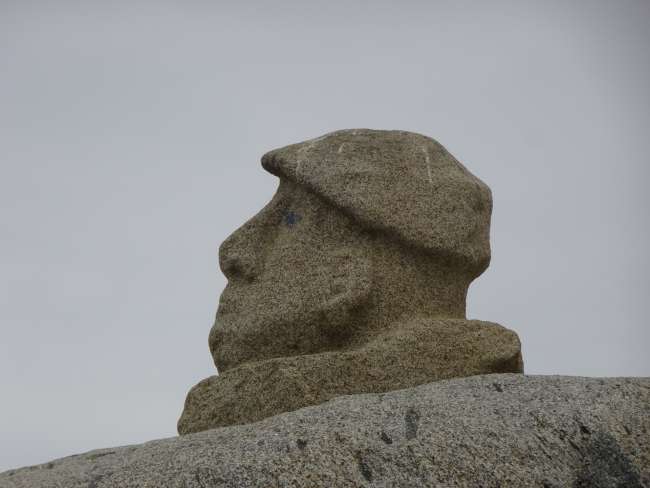
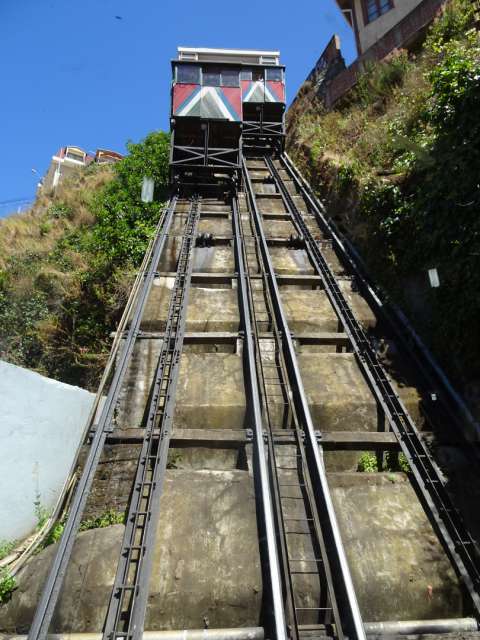
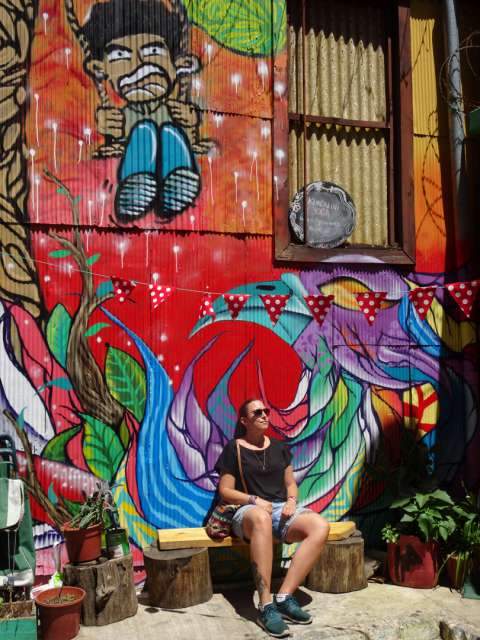
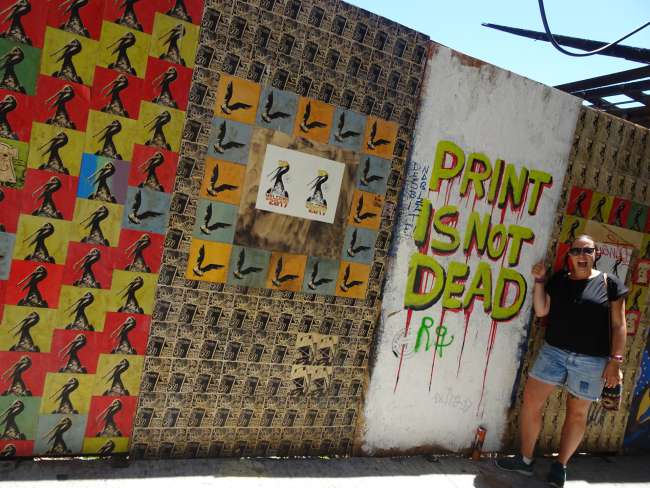
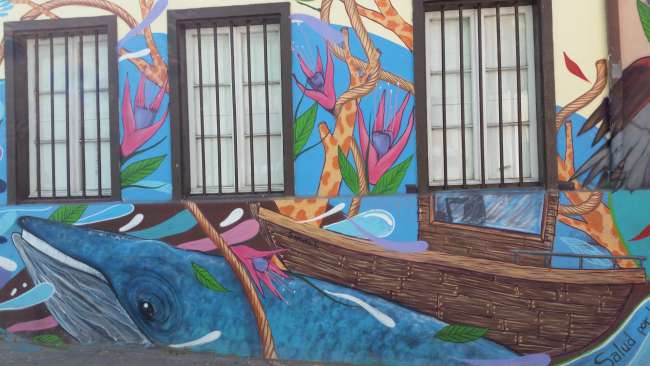
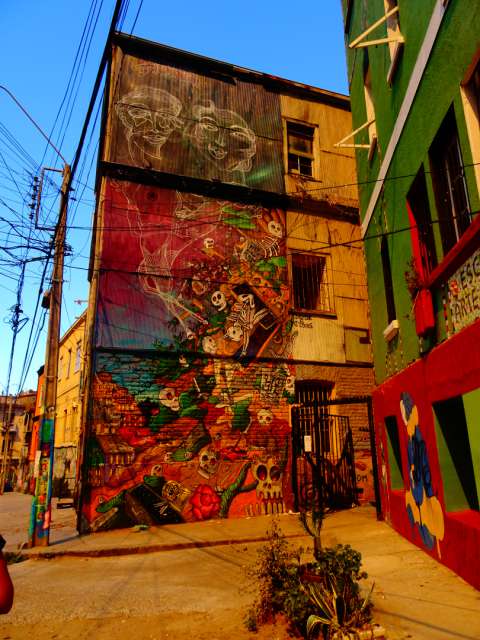
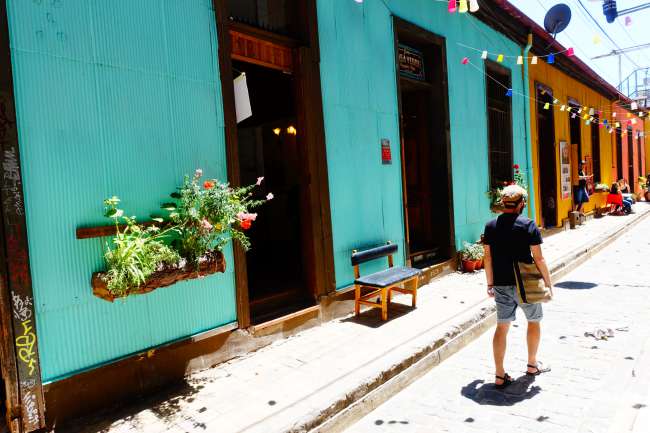
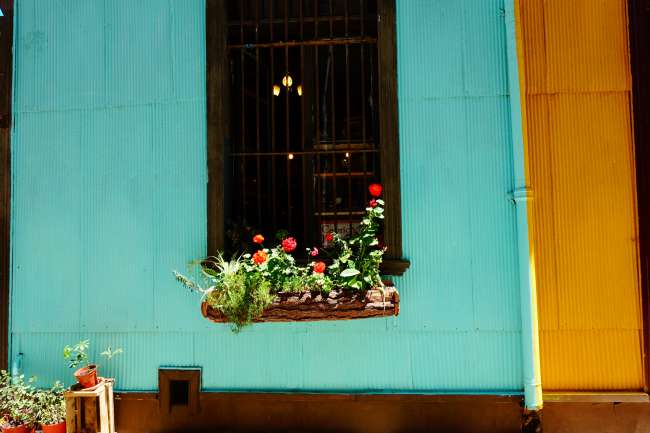
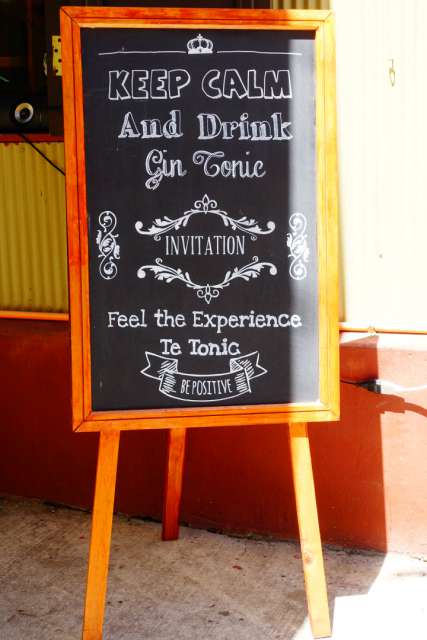
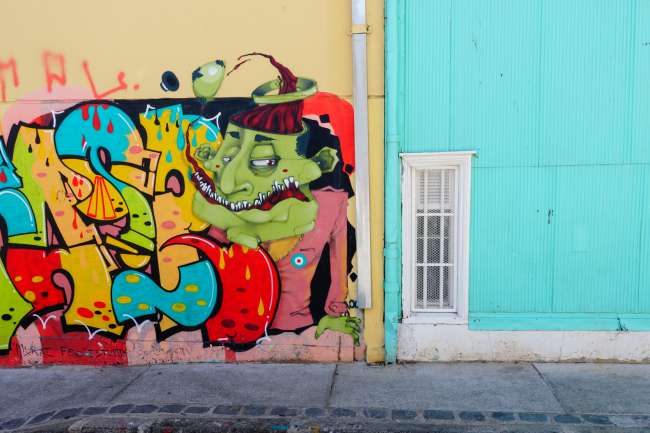
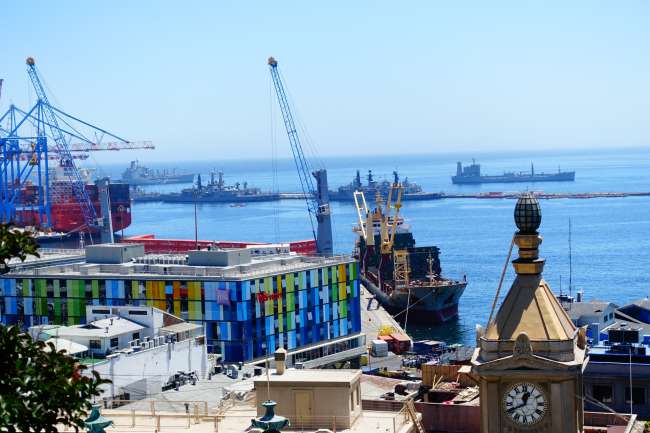
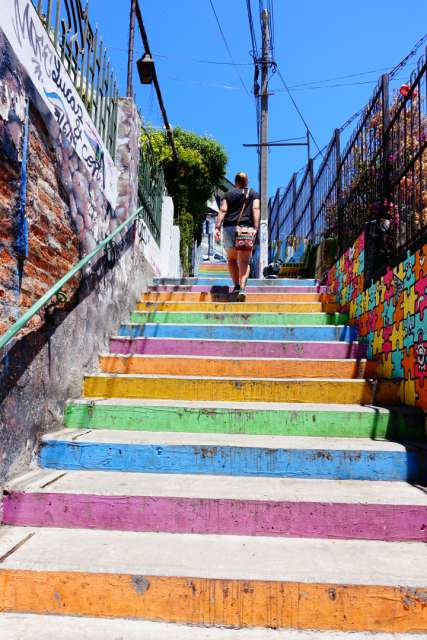
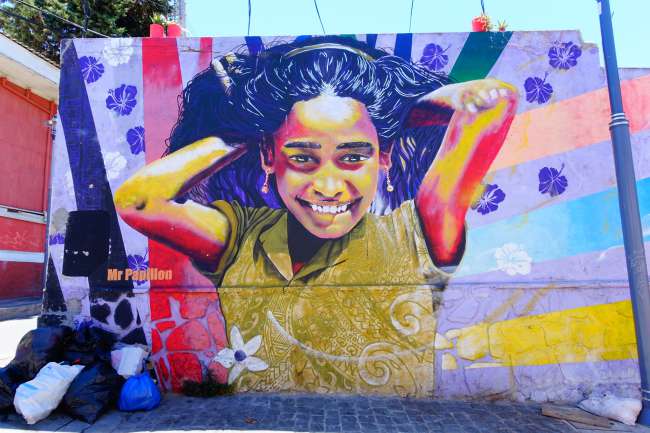
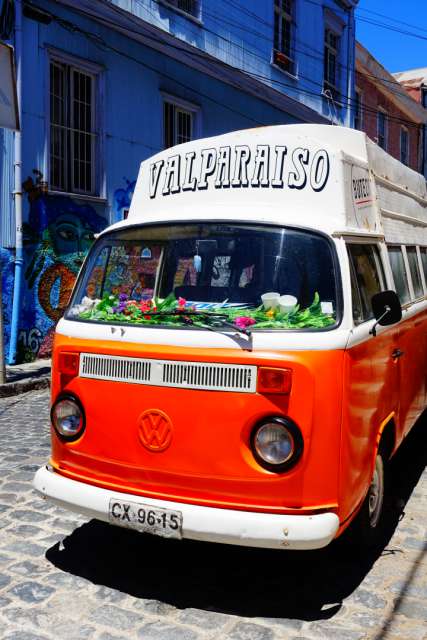
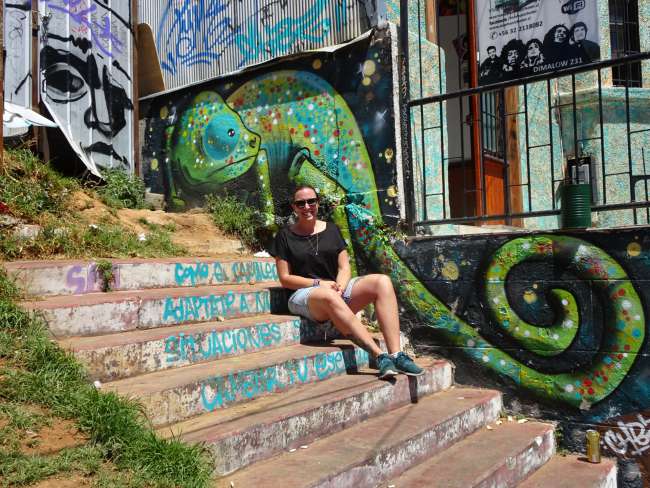
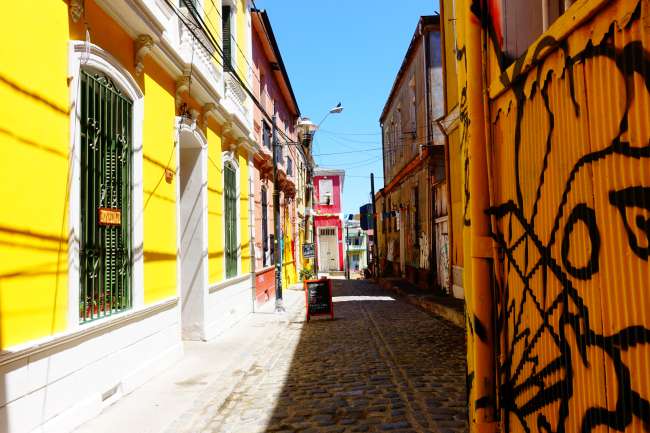
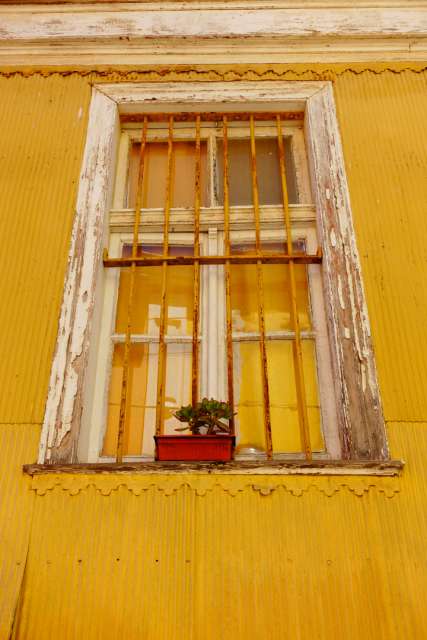
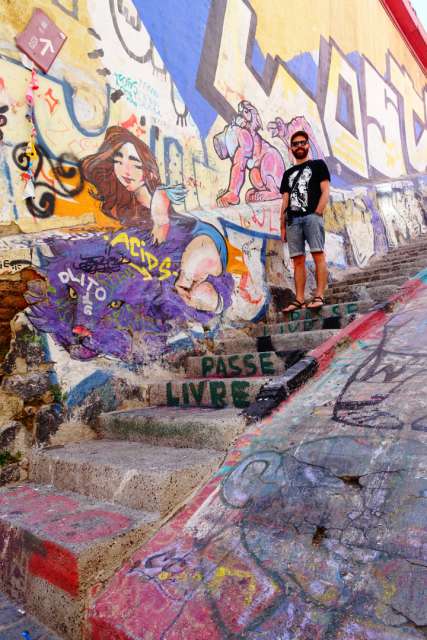
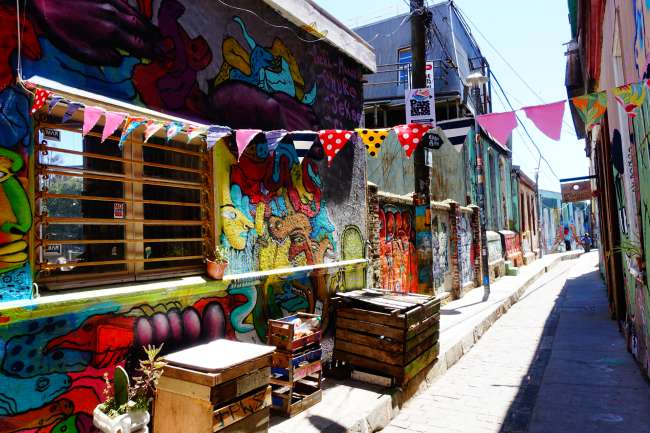
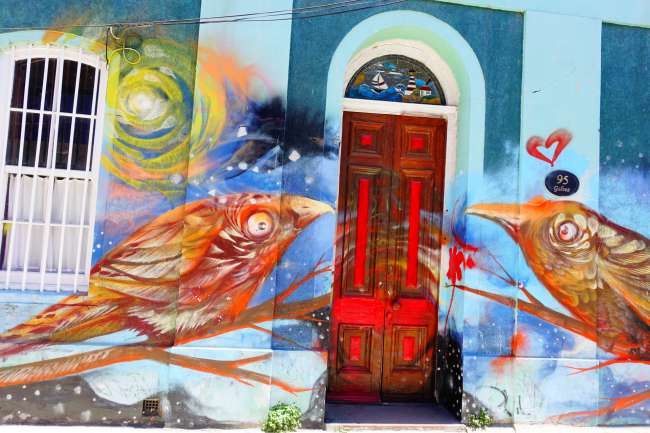
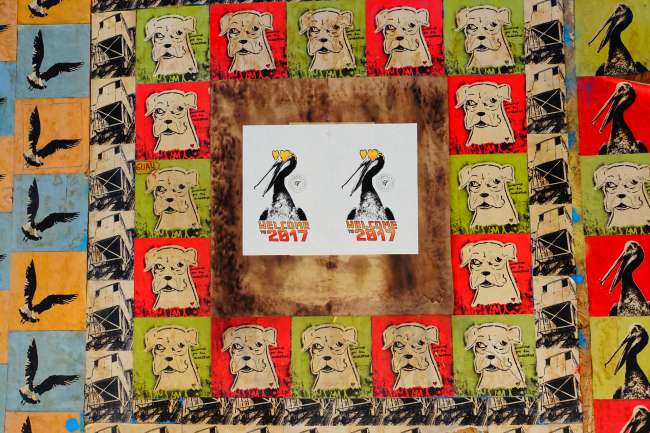
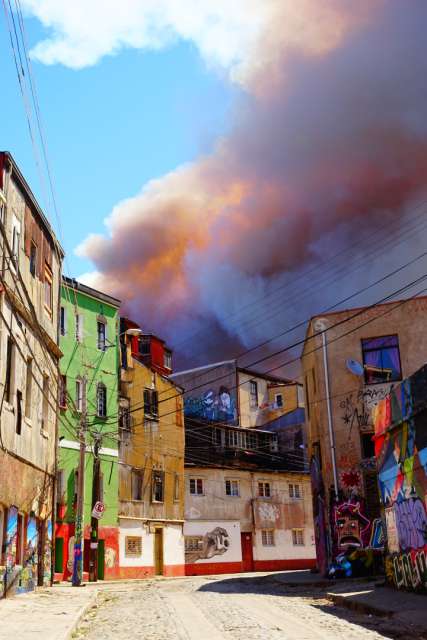
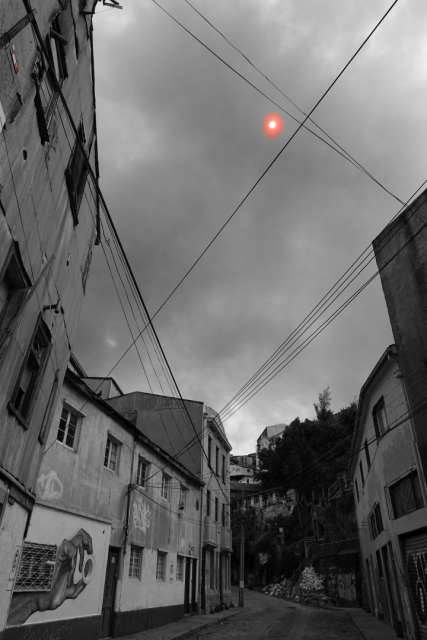
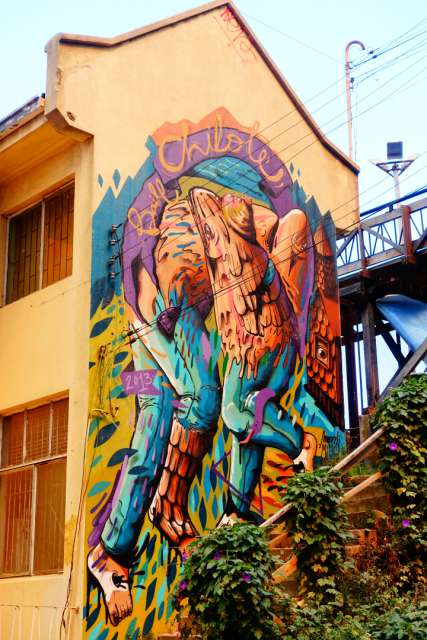
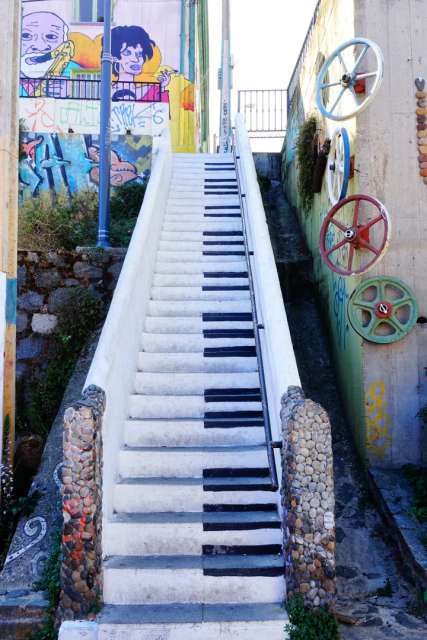
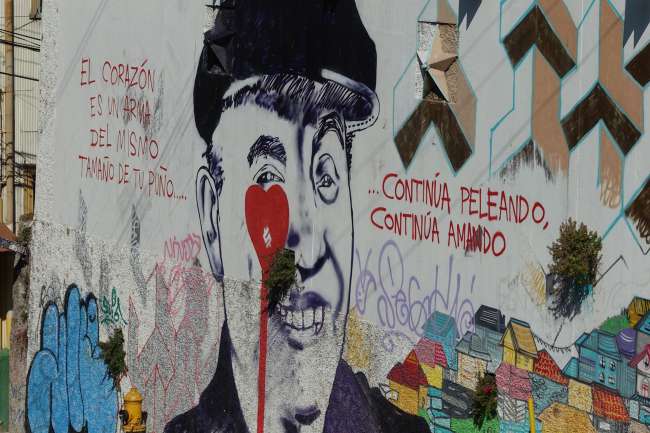
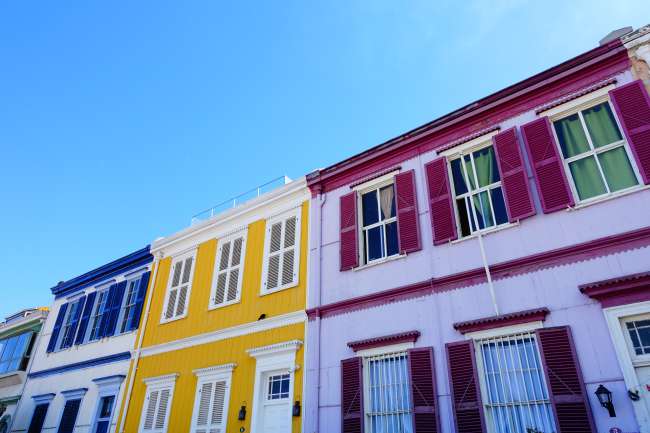
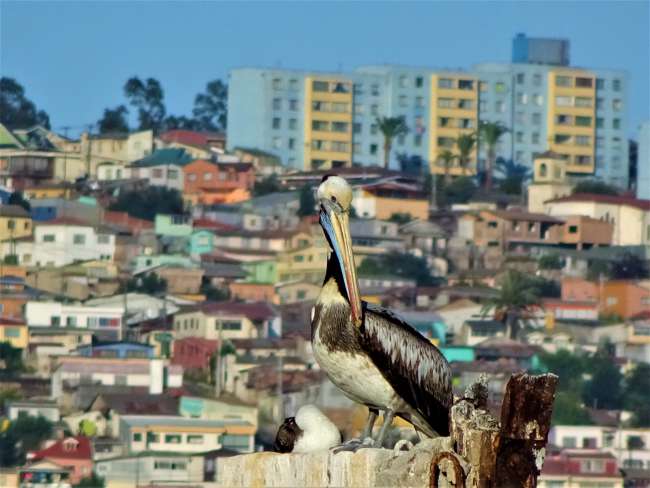
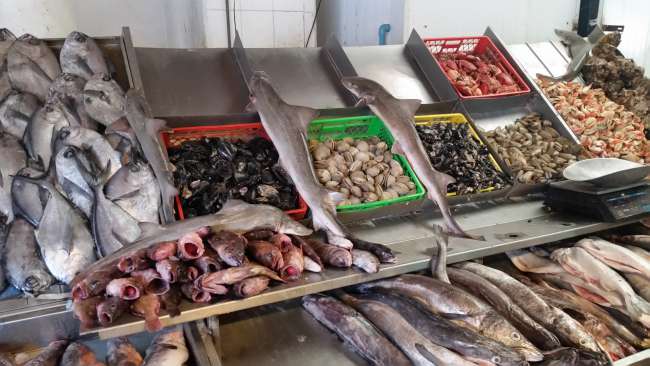
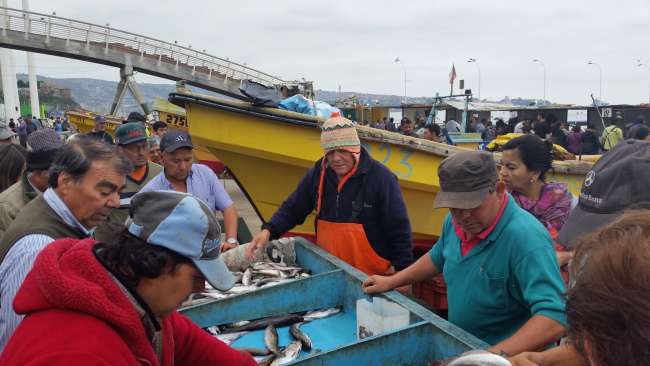
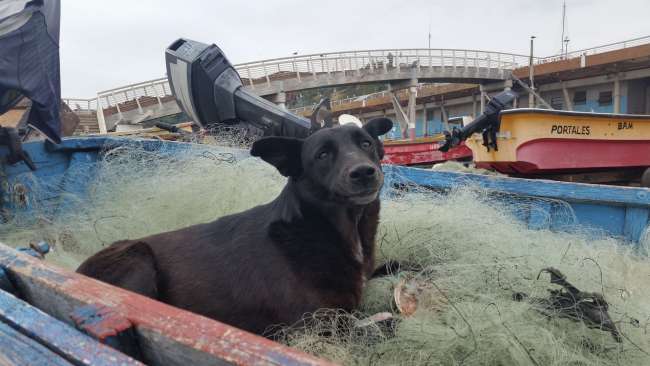
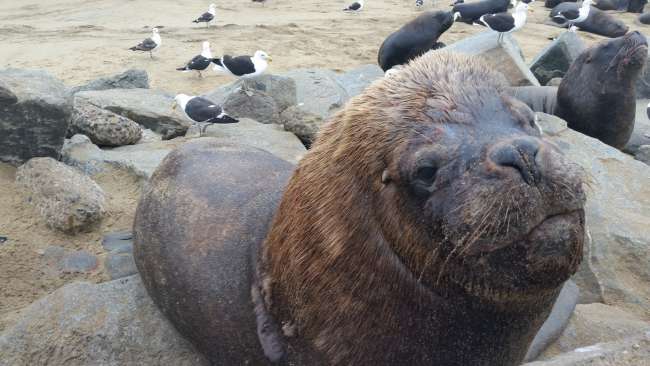
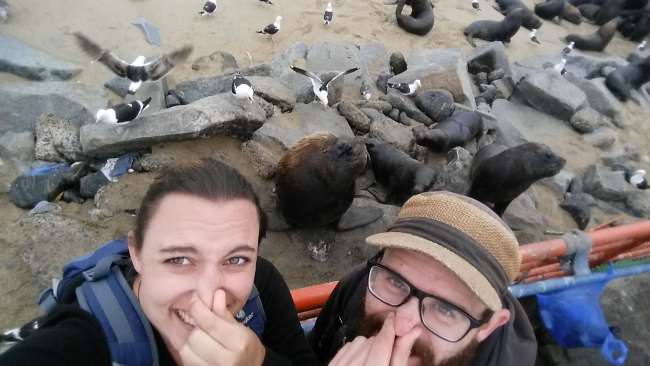
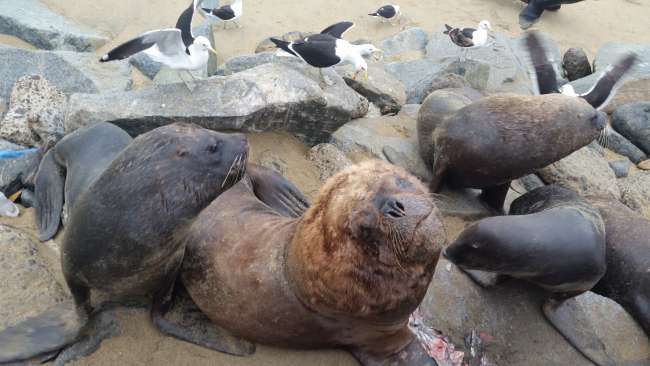
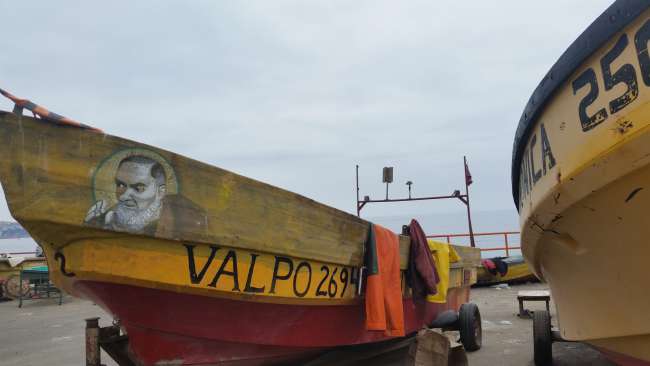
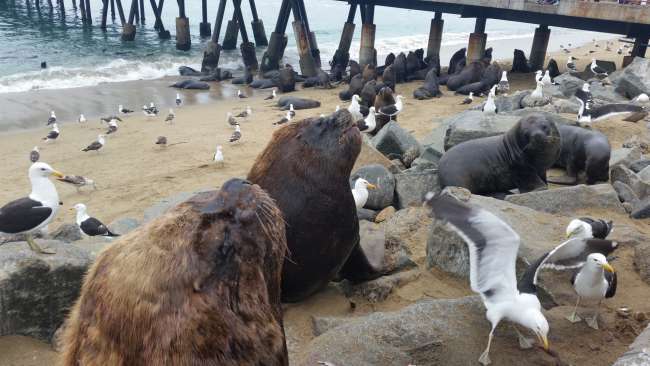
Habar býulletenine ýazylyň
After our fantastic tour through the Uyuni Desert, we were dropped off at the Chilean border, which we had already prepared for the evening before. Due to the historical events of the Pacific War and resulting border shifts, the relationship between Bolivia and Chile is not particularly good, so there are some things to consider here. For example, a variety of food or coca leaves are not allowed to be imported into Chile. In any case, everything must be declared on the entry document, which may not be normal. Of course, I was worried that the customs officials would confiscate my vaping supplies, so I declared everything to avoid getting into more trouble, just in case the border guards were to inspect more thoroughly. After about an hour of suspense, I was waved through without any questions, and Tina was able to bring her herbs and beer cans without any baggage check.
Our first stop in Chile was directly after the border, the very touristy but still charming San Pedro de Atacama, or as our bus driver introduced it, "San Perro de Atacama." This joke was not without reason, as we noticed in the first few minutes on the way to the hostel, because for every resident in San Pedro, there are actually two stray dogs, not counting those who actually have an owner. We quickly realized that Chile is completely different from the other countries we had visited so far. The houses had proper roofs, were not only plastered and painted on the front, and everything here is 3-4 times more expensive. The showers are actually adjustable without steps with a mixer tap, there is some water pressure, and there are no more electric shocks because everything works with gas. After our somewhat exhausting time in Bolivia, where we had done so much in such a short time, admired the amazing desert landscape of Uyuni extensively, and since the excursions in San Pedro were so expensive, we decided to take it easy for a bit and spend the 3 days in the desert heat without much action. So we enjoyed our cozy hostel, the nice little town, and treated ourselves to a morning in the best natural hot springs we had visited so far, in a canyon near San Pedro, with new friends from Switzerland, with whom we had already traveled the Uyuni. On the second day, we noticed that we had only booked our hostel for two nights instead of three and asked, as usual, for an extension, and again Chile was different... hostel fully booked! Luckily, we found a room on the opposite side of the street and didn't have to go through the hassle of moving. After 3 relaxing days, we continued stress-free by plane to the capital Santiago de Chile.
Santiago is a wonderful city, and we had a great room in the very centrally located neighborhood Barrio Brasil, which stands out with its many run-down villas and magnificent houses, combined with numerous graffiti, giving it a very special flair. On the first day, we did a Free Walking Tour again, which is always great because it helps you get oriented in a new city, and the guides and other participants always have good tips on what to do. The tour took us through the various markets of Santiago, with the fish market being particularly noteworthy, which not only offers a wide selection of fresh fish and seafood from the nearby Pacific, but also numerous small restaurants that prepare typical and delicious Chilean seafood dishes. Afterwards, we went to the largest cemetery in Chile, which has a total of 2 million graves. The cheaper graves look like small skyscrapers that can be built upwards as much as needed. If you have a little more money, you can buy a grave that looks about the same as we know it in Germany, and the super-rich usually build their own family mausoleum, the size and imagination of which have no limits. So we admired half-castles, Aztec palaces, ancient Greek buildings, Egyptian temples, and a multitude of other architectural styles amidst palm trees and other exotic plant installations, all of which serve as family graves. In the middle of this place of the dead, the guide told us a lot about the recent history of Chile, about the first democratic socialism, and of course about the terrible military dictatorship under Pinochet. In general, it is hard to avoid this terrible time in Santiago, as the dictator's crimes against the Chilean people are omnipresent and are made a topic everywhere. Thus, the second Free Walking Tour through the city center of Santiago was dominated by this topic. During the visit to the Museum of Human Rights, we were able to delve deep into the matter. Here, the time from Allende to Pinochet is incredibly well documented and explained.
On the third day, a dream of mine came true... Max and Igor Cavalera played an anniversary concert of the album "Roots" by their old band Sepultura, which I listened to over and over again as a teenager, but never had the chance to attend a concert. Seeing the two Brazilian brothers in South America was truly something special, especially since the approximately 3000 Chileans went completely crazy and shouted along so loudly with every song that you could hardly hear the band anymore... absolutely fantastic!
A little trip to the hill Cerro San Cristobal in the beautiful neighborhood Bellavista in the middle of Santiago was truly magnificent. The cable car ride there already offered us a great view of the numerous skyscrapers and the historical center. On top of the hill is an open-air church, where Pope John Paul II celebrated Mass, and a gigantic statue of Mary looms above. From the lookout platforms, you have a beautiful view of the entire city and the surrounding mountains, and it is only there that you realize how big Santiago actually is, with its over 5 million inhabitants.
By chance, two-thirds of our Galapagos crew were also in Santiago at the time, and we had a fun evening with good food and good wine in good company. Not to mention the tasting of the national drink Terremoto (translated to earthquake), which consists of several spirits and liqueurs, as well as a lot of sugar and a scoop of ice cream... in short, after half a liter, everything was shaking for me, and the next day I had a proper hangover. While I will probably never touch the stuff again, Tina has found a new favorite drink, which she happily consumes by the pitcher... see Valparaíso.
The rest of our time in Santiago, we took it a bit slower, bought a new backpack for me because my daypack was simply too small for longer hikes, and enjoyed the many street art paintings, street musicians, and the atmosphere of a huge colorful city that doesn't feel that big at all. My old small daypack found its way back to Germany through Toni, an acquaintance of Tina's, and we had a nice evening with Toni in Barrio Brasil, where we learned a lot about everyday life in Chile, as Toni has been living here for some time.
A few funny facts about Santiago:
- The whole city is full of stray dogs. This is not unusual in South America, but it is striking how healthy and well-fed the dogs look and how well-behaved they are. This is because stray dogs are considered public property, and everyone is responsible for taking care of them. They are fed, petted, and even taken to the vet if they are sick or injured. If someone can't afford the veterinary bill, there are Facebook groups whose members pool the necessary money. Furthermore, there are small public dog houses all over the city, where the dogs can retreat when the weather is bad and where they usually find something to eat and drink.
- In Santiago, it seems like every other citizen is a metal fan. We only see so many metal shirts at the Wacken Open Air festival! The dad in the subway wears an Iron Maiden shirt and the son wears a Slayer shirt, awesome!!
- The traffic in Santiago deserves special mention by South American standards. There are pedestrian traffic lights, bridges, and underpasses. There are right of way rules, and cars actually stop for pedestrians at the crosswalk. It took us a whole week to get used to the rules and really cross the crosswalks without running. Unfortunately, we also ran over red lights several times, which was often met with disapproving glances... oops 😉
And then, after 6 days, it was already time to say goodbye to Santiago and head to Valparaíso, where we would spend our well-deserved Christmas vacation from our vacation.
In Valparaíso, we had already booked our small but fine apartment in April because accommodations are in high demand over Christmas and especially New Year's. Finally, we had the opportunity to cook for ourselves again, which was on one hand helpful because Chilean food is not that great, and on the other hand, we had spent so much money in the two weeks in Chile, as much as we usually need for a whole month, even though we hadn't booked any tours. After moving into our apartment, I wrote a shopping list for our Christmas menu (which the smurf then naturally left behind), and then we set off into the chaotic Christmas hustle and bustle of Valparaíso. The whole city consisted of makeshift stalls selling the craziest plastic junk and tons of wrapping paper, and they were just as loud as the market vendor from Wangen market. At the vegetable market, every seller made it clear to us that he was the only one selling us anything, as it is not customary to sell such ridiculously small quantities as 2 carrots or one onion, which we wanted. Prices were only given for kilos, and Chileans have some difficulty with calculations. So we paid a flat rate of 1000 pesos (about 1.25 €) almost everywhere and got, for example, 5 carrots instead of 3 in the bag and 250 grams of olives instead of 100 grams. After almost 4 hours of stressful shopping at the market and in two supermarkets, we finally came home completely exhausted with almost all the ingredients we needed.
The next morning, the alarm clock rang at 5.00 a.m., and even before breakfast, we went to the fish market to buy fresh mussels for our main course. On the way to the bus, we could hardly believe our eyes because the street party was still in full swing in our neighborhood. Drunk people on every corner as far as the eye could see. The young ticket seller on the bus assured us that he would let us know when we had to get off, but due to flirting with a young lady, he was unable to do his job. So we got off somewhat frustrated in the next city, Vina del Mar, to take the next bus back. The second bus driver almost forgot us, but with a full stop, he saved our Christmas menu just before the fish market. When we arrived here, we first thought: Oh dear, nothing is open, everything is closed... maybe the fishermen don't fish on Christmas Eve after all. But a nice wheelbarrow driver then pointed us to the back of the market hall, with the kind hint that everything was much cheaper there than at the front, and that's where we would also find what we were looking for. There were countless stalls offering tons of fish and seafood, and we promptly bought 1.5 kilos of Venus mussels for a bargain price of 1500 pesos. We were then surprised by a colony of over-friendly seals, whose enormous obesity only allowed one conclusion - the fish market must be a paradise for them! This was confirmed during our second visit to the market, when the seals were fed huge amounts of fish scraps.
On Christmas Eve, we treated ourselves to a delicious meal and cooked a festive menu of strawberry avocado salad with balsamic dressing, spaghetti vongole with the biggest Venus mussels we have ever seen, and for dessert, a cream made from various berries. Christmas does not seem to be terribly important to Chileans. On the first Christmas Day, many shops were open, and even the municipal waste disposal worked all day. However, we spent very cozy days with smaller walks in the city, long overdue sewing work on our clothes, and met up with our Austrian friends Sarah and Stephan, whom we had met at the language school in Quito when Tina was once again indulging in a huge jar of Terremoto.
After the holidays, we took a trip to the beautiful Isla Negra to visit the beach house museum and the final resting place of Pablo Neruda, one of Chile's most important poets, writers, and anti-fascists, who was also awarded the Nobel Prize in Literature. Neruda was a great collector of various things throughout his life, most of which are displayed in his ship-like "little house" and really fascinated us.
On New Year's Eve, we got mussels from the fish market, enjoyed delicious spaghetti vongole once again, and set out at 10.00 p.m. to the hills of Valparaíso to find a good spot for one of the biggest fireworks displays in South America. The two hours until midnight passed quickly, as local families had some funny traditions, such as spray can battles with artificial snow, flying sky lanterns, and shooting emergency signal flares into the sky. Chileans are not allowed to set off their own fireworks, but on New Year's Eve, the alcohol ban in public spaces is lifted, so the mood was already quite cheerful. Tina and I reviewed our fantastic year 2016 and were happy about all the wonderful experiences we had together. And then it was already 12 o'clock, and apart from happy New Year's wishes, nothing happened... at 5 past twelve, suddenly the fireworks started along the entire coastline, and it lasted for almost 30 minutes! In the last 10 minutes, you could hardly see what was going on anymore because the fireworks produced so much smoke that you could hardly see the rockets. Absolutely crazy! When we woke up on New Year's morning, the party was still in full swing until it was ended by the police's water cannons at 10.00 a.m. It seems that Chileans are quite fond of partying, and it doesn't just stop at night, as the New Year's fiesta lasted until the evening of January 2, but there were dramatic scenes of exhaustion at the completely congested bus terminal, as everyone just wanted to go home.
The days in Valparaíso passed us by so quickly that we felt like we didn't do much at all. Of course, appearances can be deceiving, as daily walks through the chaotic and colorful city, two days at the freezing Pacific beach, city tours, daily ice cream treats, and everyday duties such as shopping and cooking kept us quite busy 😉
As Valparaíso is world-famous for its street art and graffiti, we took a street art tour on our last afternoon, where numerous pictures were shown to us and their backgrounds were explained, which gave us an even deeper insight into this fantastic city. For example, one graffiti showed numerous skeletons and skulls, indicating two major earthquakes in Valparaíso. One might think that many people had died here, but actually, parts of the hill on which the cemetery is located collapsed each time. The bodies that were thus freed were found two streets further. The street art tour was overshadowed by a fierce fire in the hills behind Valpo, and within seconds, the sun disappeared and deep black smoke clouds moved over us towards the sea. The strong wind that prevailed that day made the fire so intense that even the German news reported on it. Just as the ash settled over Valpo, we had to say goodbye to our Christmas residence after 10 days. We took a 12-hour bus ride south to Pucón.
Habar býulletenine ýazylyň
Jogap
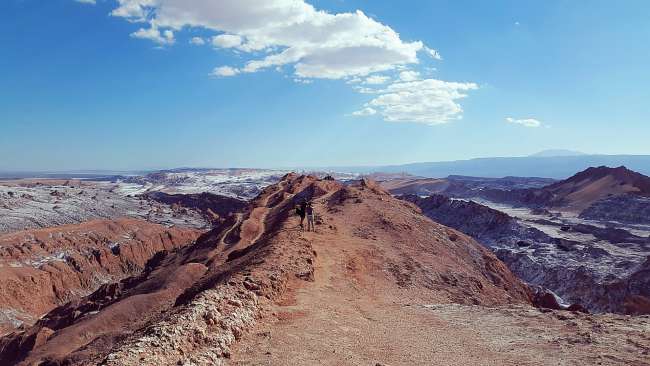
Syýahat hasabaty Çili
